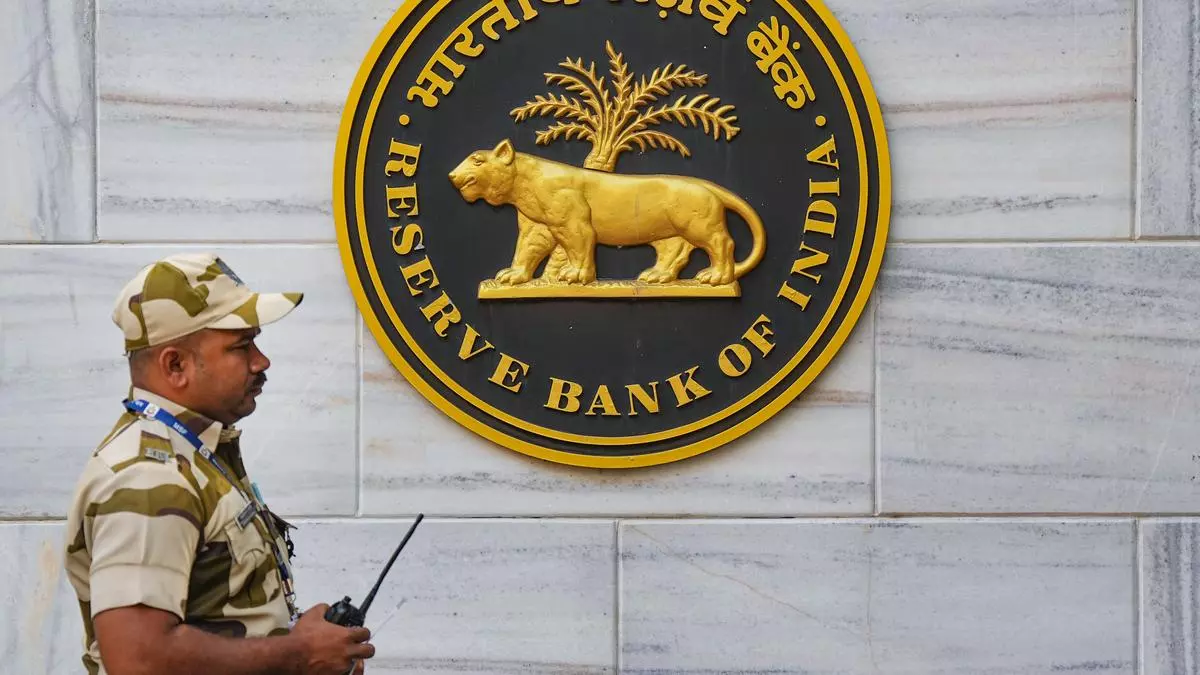RBI’s greenfield next generation data centre to commence operations in FY25
The Reserve Bank has initiated a project to construct a new state-of-the-art greenfield next generation data centre to address capacity expansion constraints, meet the increasing IT landscape needs and avoid region specific risks.
The data centre, envisaged to cater to the internal needs of RBI and its subsidiaries, will commence operations in FY25, the central bank said in its annual report for FY25.
RBI also said it is working on upgrading the Indian Financial Network (INFINET 3.0) with better technology, bandwidth and overall services. The platform is a closed user group (CUG) network for exclusive use of member banks and financial institutions and runs the critical payment system applications such as RTGS, NEFT and e-Kuber. “It is proposed to be built with the latest software-defined wide area network (SD-WAN) technology. The features proposed under SDWAN include effective load balancing of the links, voice and video traffic optimisation and application aware routing. SD-WAN also provides for centralised management of the network and zero touch provisioning,” it said.
In a bid to take the Indian Rupee to global platforms at greater pace, RBI has conceptualised a solution wherein India’s domestic messaging system SFMS would be extended through a Global SFMS Hub to other countries. Interested countries can connect their local messaging system to Global SFMS Hub for cross-border payment messaging in their local currencies.
To enhance the security, integrity and privacy of Indian financial sector data, RBI is also working on setting up a cloud facility, which will be rolled out in a “calibrated fashion” over the medium term.
| Photo Credit: GORODENKOFF
This may help India in reducing dependence on other major trading currencies and may help in foreign exchange management, RBI said.
Cloud facility
To enhance the security, integrity and privacy of Indian financial sector data, RBI is also working on setting up a cloud facility, which will be rolled out in a “calibrated fashion” over the medium term.
It will initially be operated by wholly-owned subsidiary Indian Financial Technology and Allied Services (IFTAS), which has over eight years of experience in running its own cloud platform and providing various cloud services. “This platform was put in place for hosting the projects of IFTAS, the Reserve Bank and its subsidiaries for SFMS member interface,” the report said, adding that the Indian Banking Community Cloud (IBCC) will act as a one-stop solution in terms of expertise and counsel of an experienced partner to provide support at every step of the process. “Such a cloud will also allay any concerns in respect of jurisdiction and address issues of sovereignty, integrity, protection and confidentiality of data.” RBI had first announced setting up of such a cloud facility in December 2023.
The cloud platform will provide on-demand scalability with clustered high availability, disaster recovery with high recovery time objective (RTO) and recovery point objective (RPO), while maintaining a high degree of security, integrity and privacy of data. Further, a governance framework will be put in place for regulatory and security compliances and onboarding requirements.
During FY25, the central bank also plans to develop several in-house applications to reduce external dependencies and for increased flexibility. These include development of e-Kuber 3.0 application by its arm Reserve Bank Information Technology Private (ReBIT), a core accounting platform along with government payment module (GPx), an alternate messaging system framework to support domestic as well cross-border financial and non-financial message communication and an alternate mechanism for digital payment systems, which would offer all the functionalities currently being offered by existing CPS along with other advanced functionalities.
